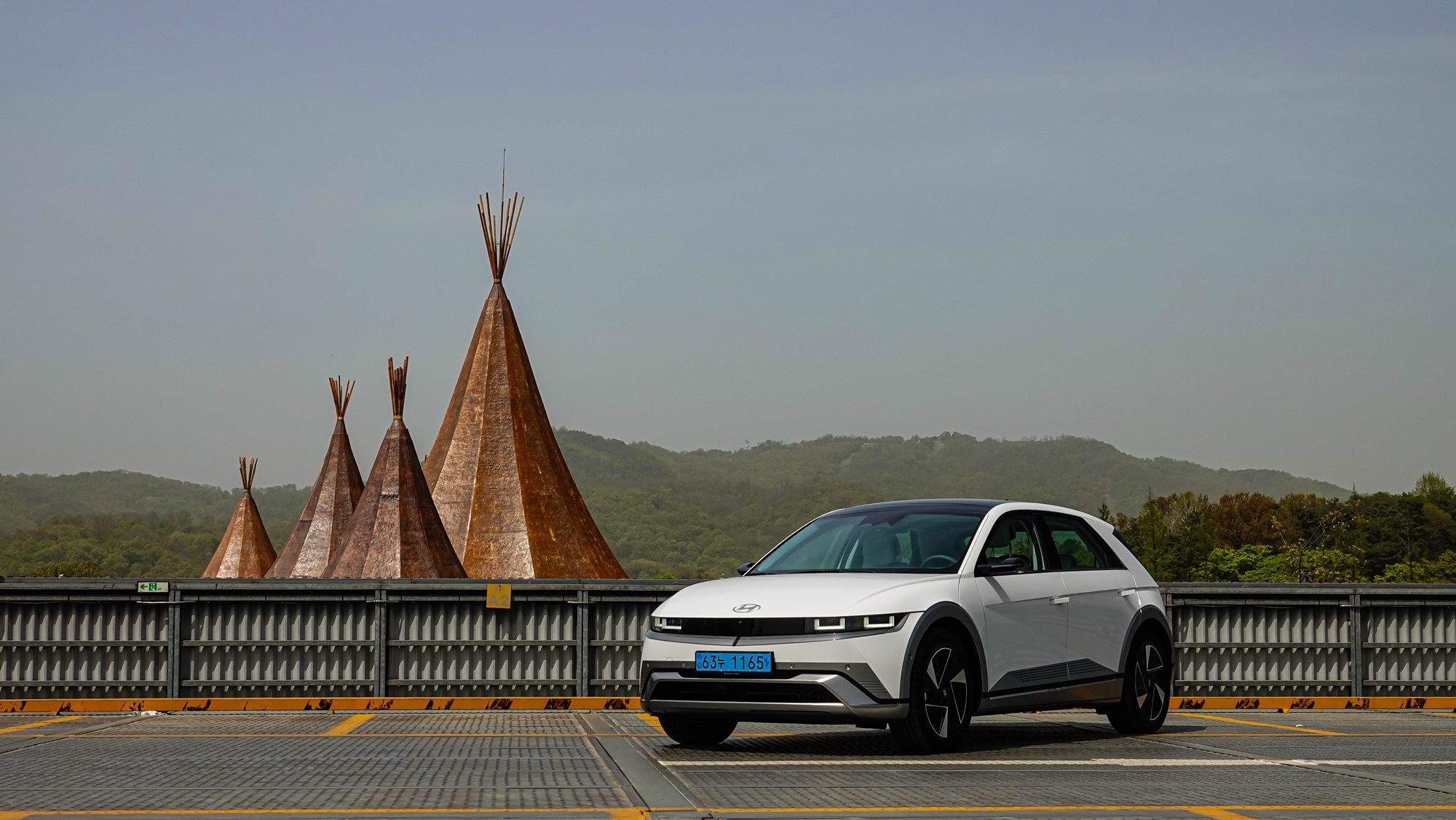
Once I left the highway, I truly felt free. I drove the Ioniq 5 along the winding roads of Yongmunsan, with delicate petals fluttering around me. This model is the 2WD Exclusive Long Range fitted with 19-inch tires.
The battery capacity has increased from 77.4 to 84.0 kWh. This is the fourth-generation battery. The one-charge driving range has also expanded from 458 km to 485 km. While 458 km is already a sufficient distance, the increase to 485 km means that venturing out with an electric vehicle is no longer daunting.
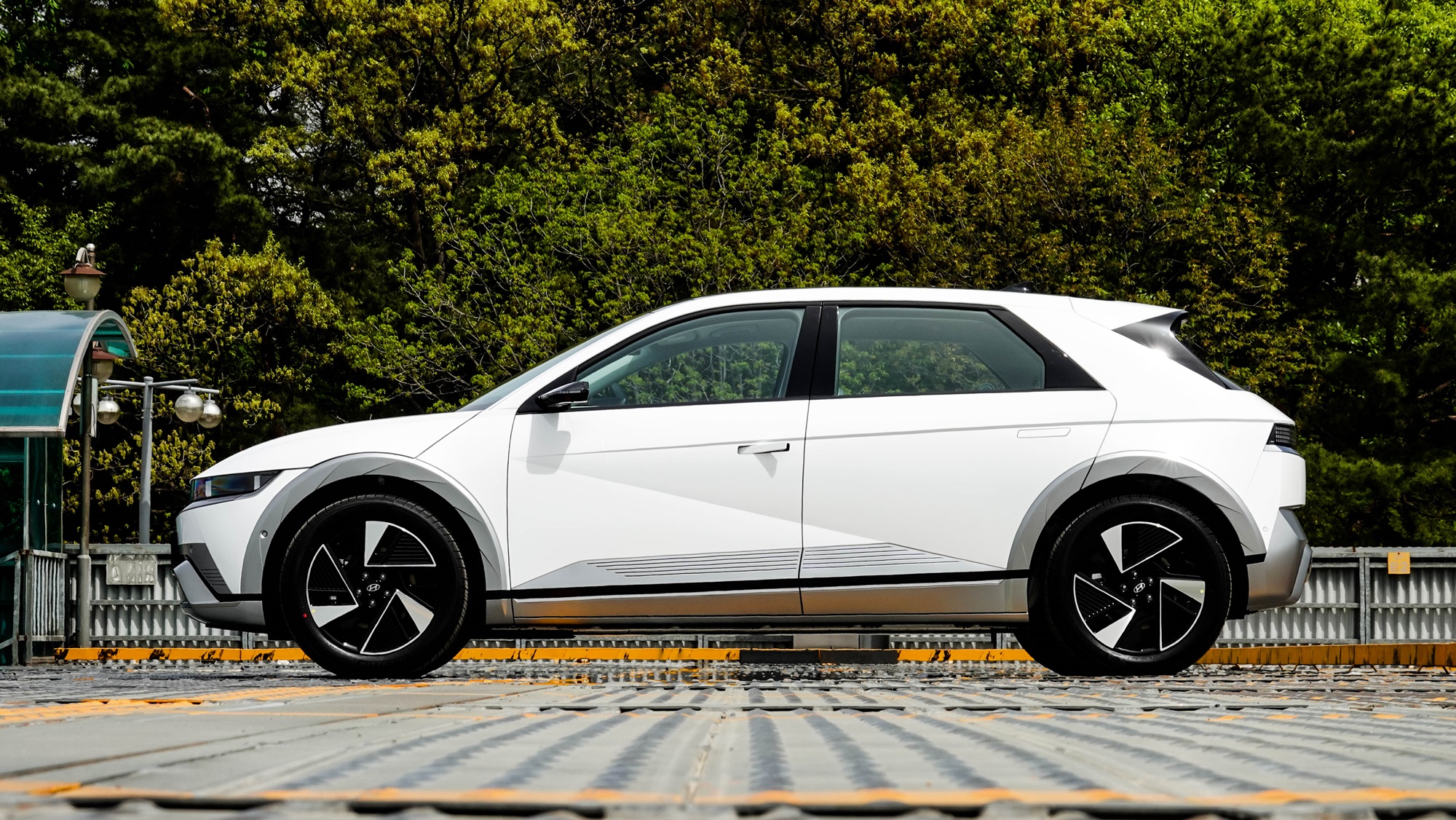
It’s worth contemplating alternative approaches. A smaller battery might actually be better. If your daily driving distance isn’t long, an electric car with a smaller battery could be more suitable. A lighter battery contributes to better efficiency and shorter charging times. Naturally, it also comes at a lower price. Just like racehorses driven to increase their range by focusing solely on battery size, we need to consider a more balanced approach.
The test vehicle is a 2WD rear-wheel drive with a maximum output of 168 kW, equating to 229 horsepower. In electric vehicles, all-wheel drive usually means high-performance with two motors, while two-wheel drive is understood as a more accessible option with one motor. The curb weight is 2,015 kg. It’s crucial to check weight limits in mechanical parking lots.
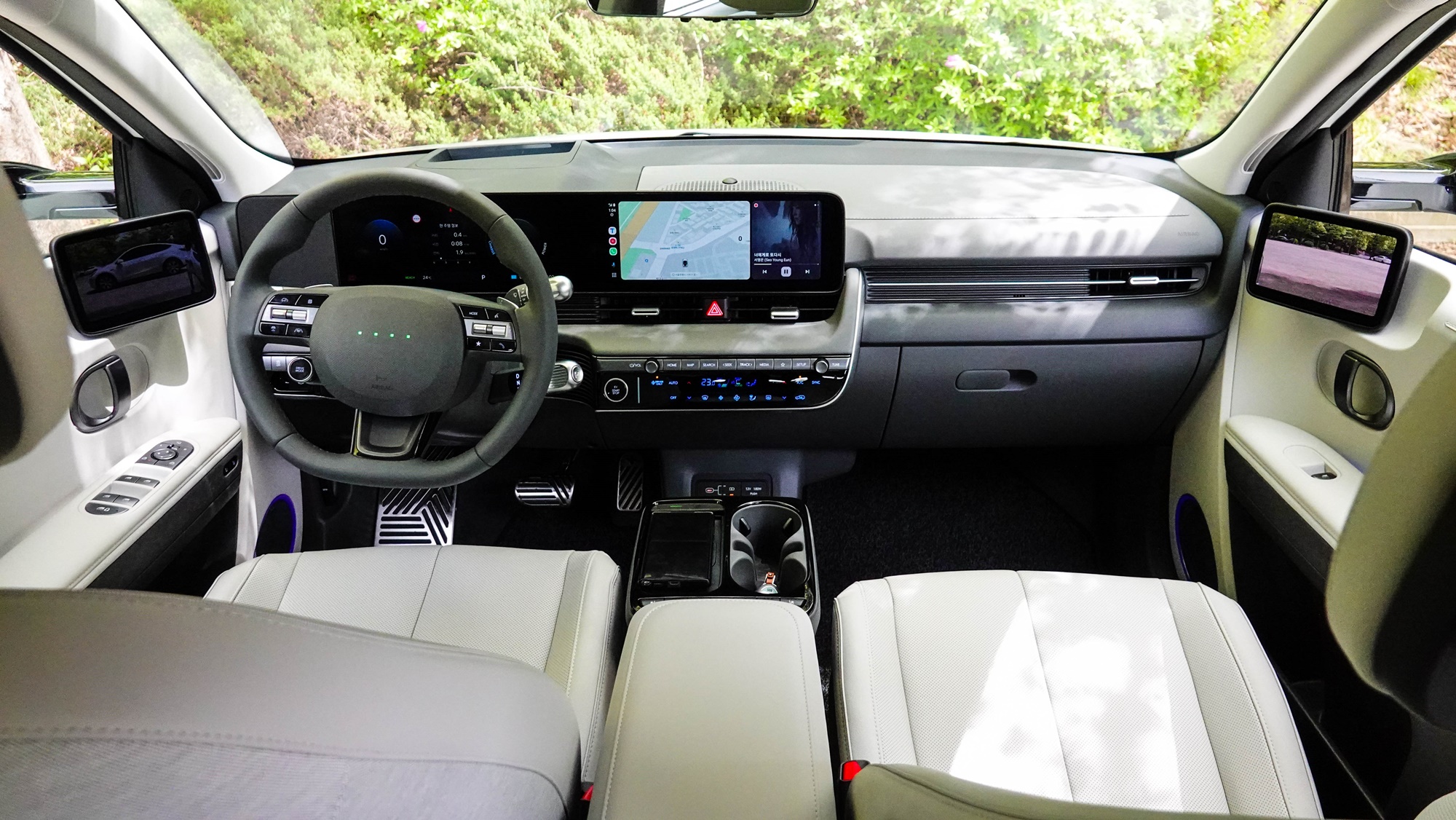
The weight per horsepower reaches 8.8 kg, so it is certainly not a high-performance vehicle. You can expect around 0 to 100 km/h in about 8 seconds. For reference, the all-wheel-drive Ioniq boasts an impressive 325 horsepower.
The rear wiper is a welcomed addition. Hyundai previously maintained that sloping the rear window eliminated the need for a wiper, yet they responded to consumer demands for one. This will be a significant help for visibility during rainy days.
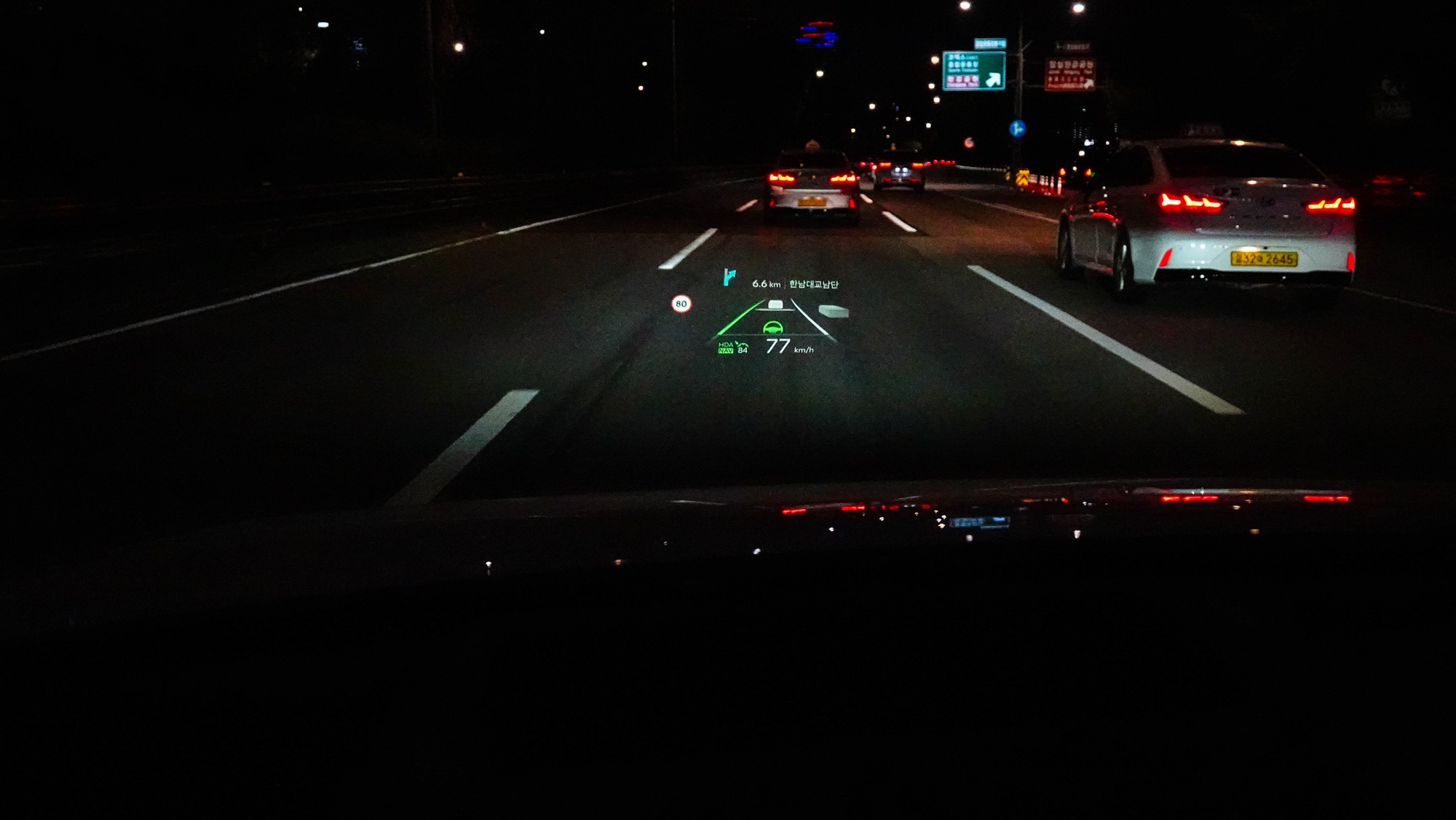
Superior stability, like a ‘dumbbell’, is the most impressive aspect. It cruised through winding roads without substantial shaking or any sign of distress. The frequency-sensitive shock absorbers effectively mitigate body roll. The structure, with a wheelbase reaching 3,000 mm and a midship battery placement, ensures optimal stability. This is the power of Hyundai’s dedicated EV architecture, E-GMP.
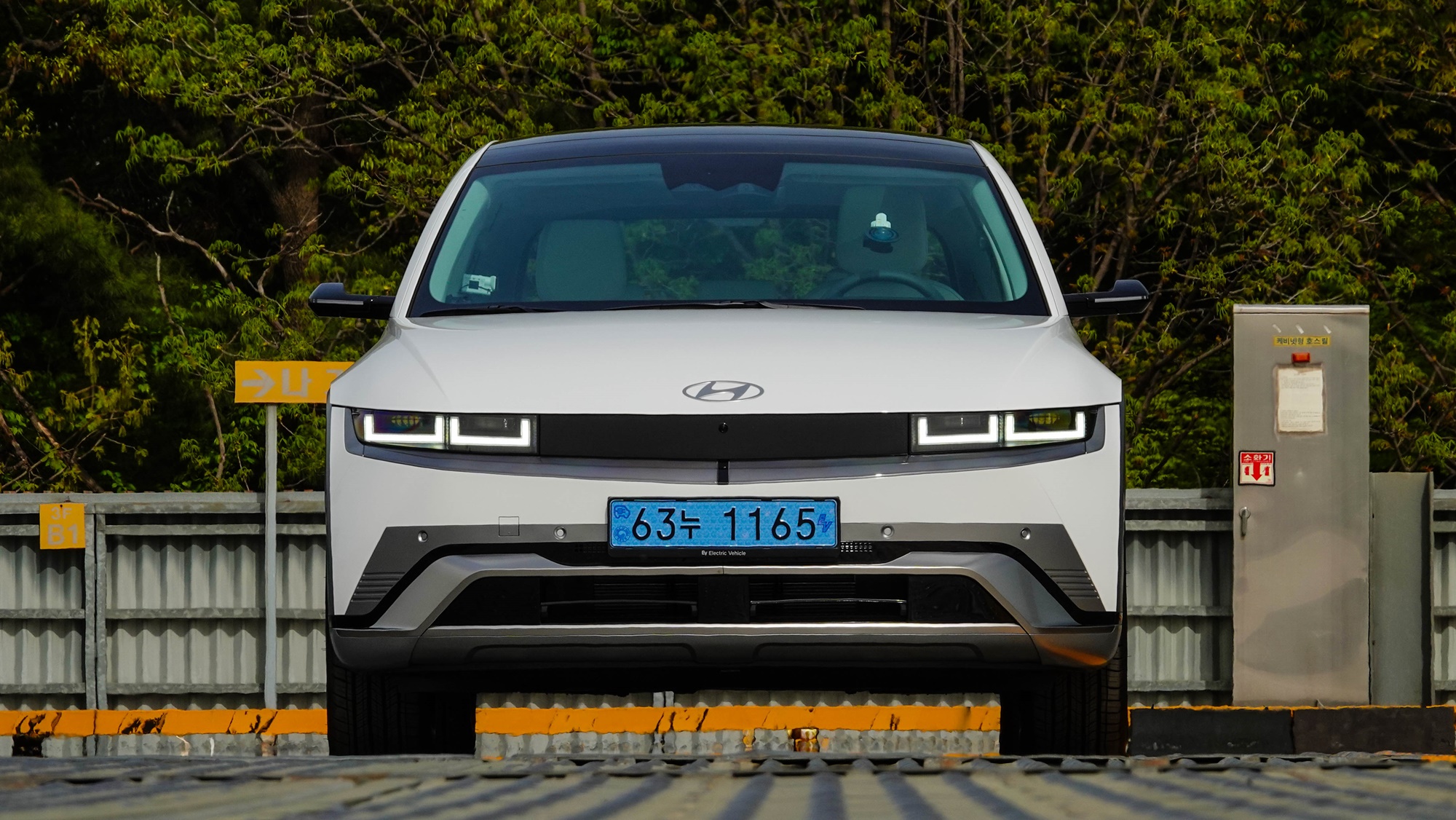
The driving assistance system intervenes in steering while changing lanes. However, there are strict conditions. There must be no car following in the lane ahead, the lane needs to be marked with a dotted line, speed must be appropriate, and hands should be on the steering wheel. Under such ideal conditions, even novice drivers can comfortably change lanes. Yet, after trying it out a couple of times for fun, I found more comfort in manually changing lanes myself.

The Ioniq is compatible with ultra-fast charging. Utilizing a 350 kW ultra-fast charger, it can recharge from 10% to 80% in just 18 minutes. During the test drive, I used a 200 kW charger and took about 17 minutes to charge from 39% to 80%, pulling in roughly 40 kWh. This was just enough time to grab a coffee from a nearby cafe, making for a stress-free charging experience.
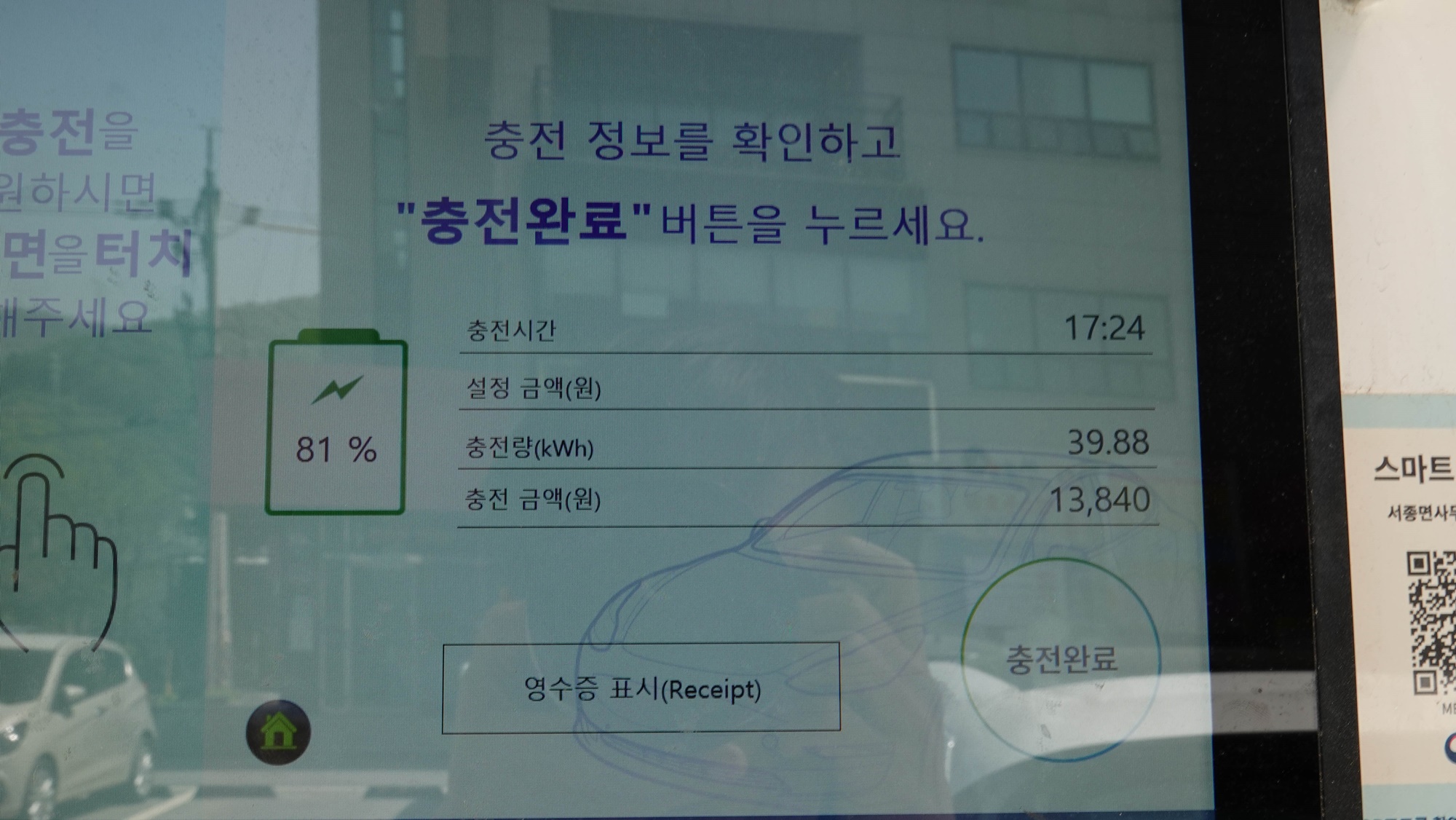
Still, charging an electric vehicle can be stressful. You often have to search for chargers and wait for extended periods. Even with fast charging, you should plan for about 30 minutes.
There are individuals who definitely need to buy an electric vehicle. If you can install a dedicated slow charger, there’s no reason to delay purchasing an electric vehicle. It can be advantageous to buy one right away. However, if a dedicated charger installation is not feasible, opting for a hybrid or plug-in hybrid is more reasonable.
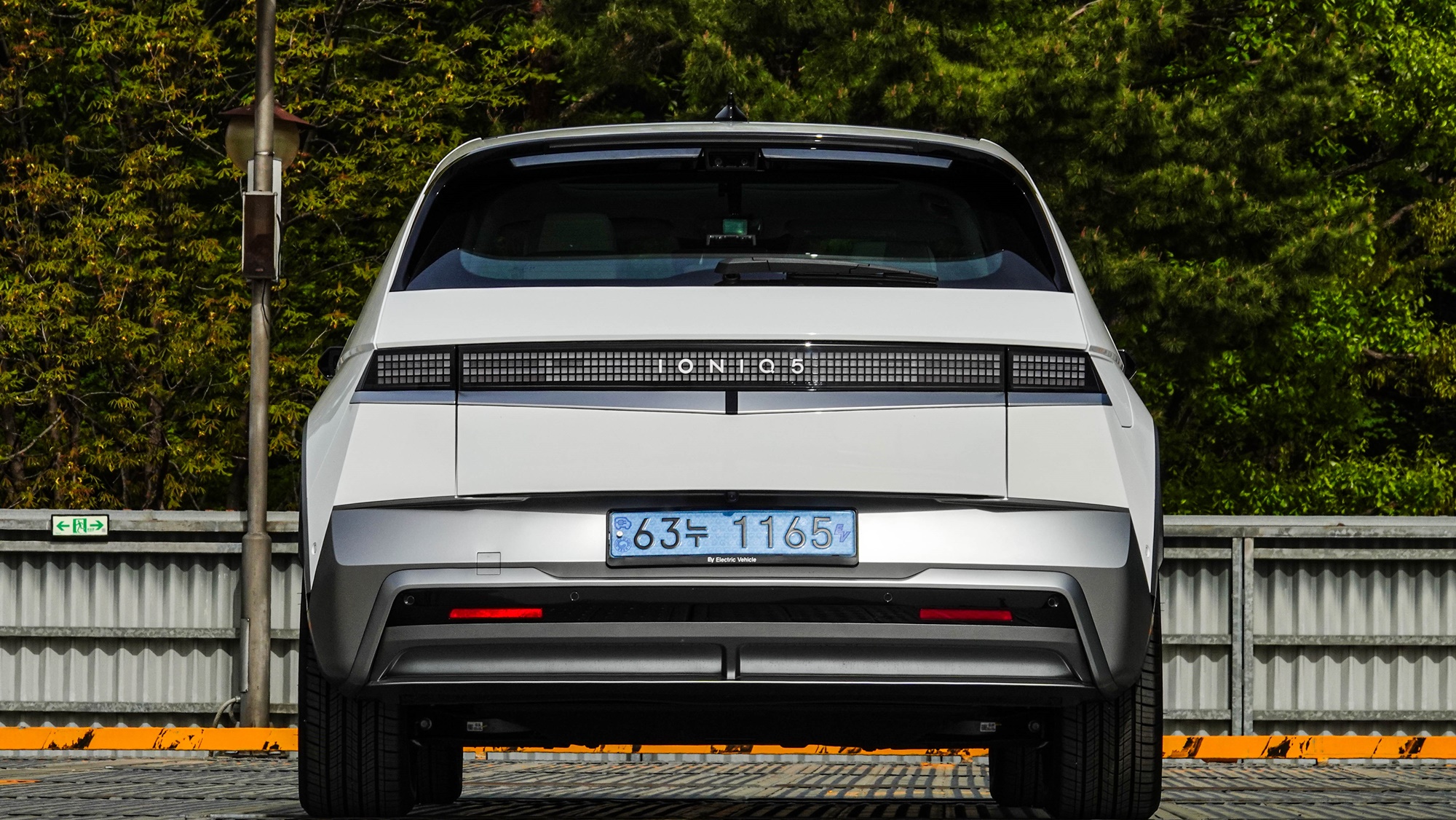
We drove at night as well. By setting the intelligent headlights to ‘Auto’, the high beams and low beams automatically switch. If there’s a car in front, it switches to low beams, and if not, it selects high beams to illuminate further ahead. Activating the driving assistance system significantly aids in night driving.
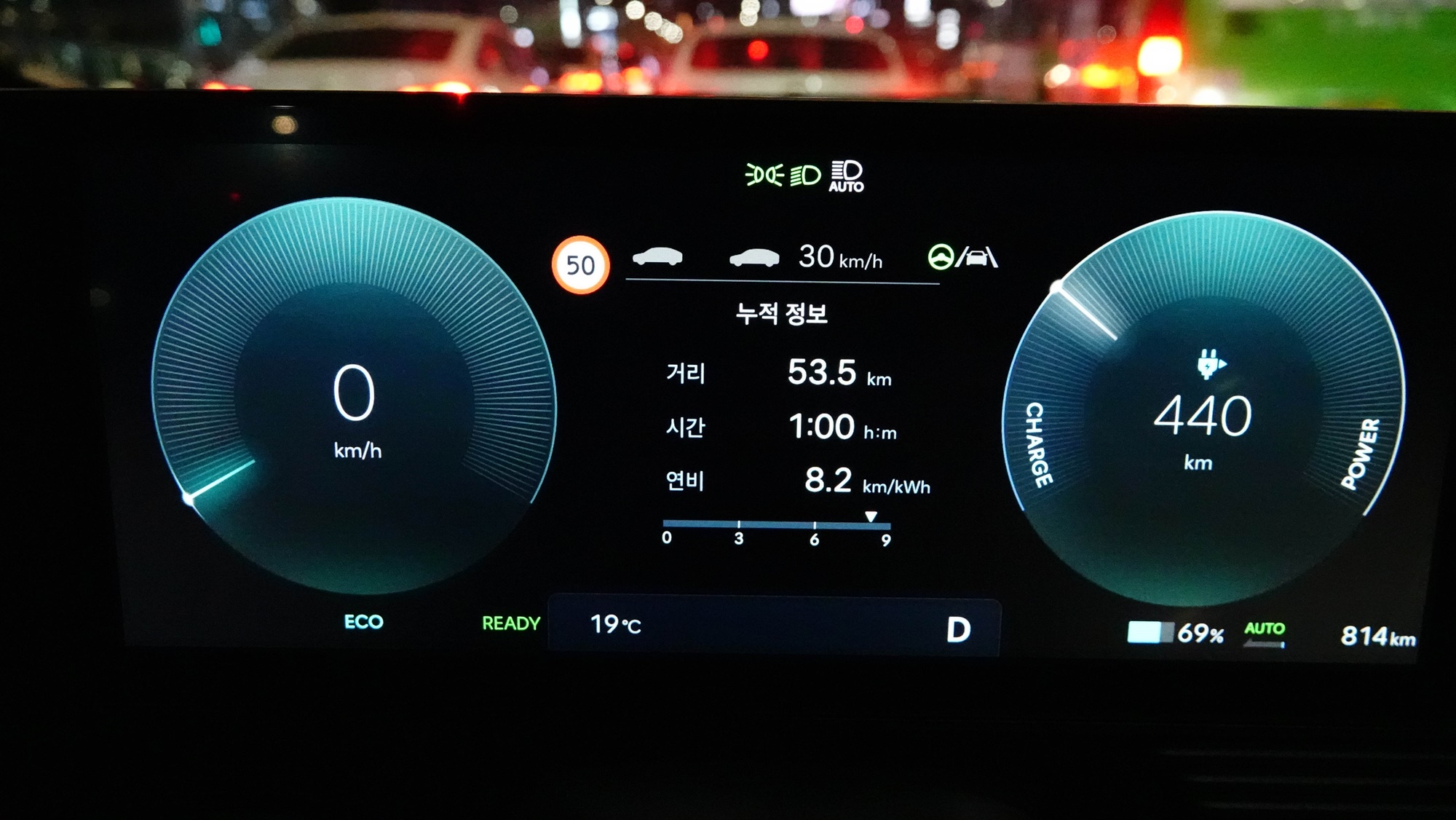
From Yangpyeong to Seoul, I traveled exactly 53.5 km in one hour, achieving an average efficiency of 8.2 km/kWh. The official combined efficiency is 5.1 km/kWh, which is an impressive record fueled by eco-mode efficiency, optimal weather conditions for the battery, and economical driving techniques.
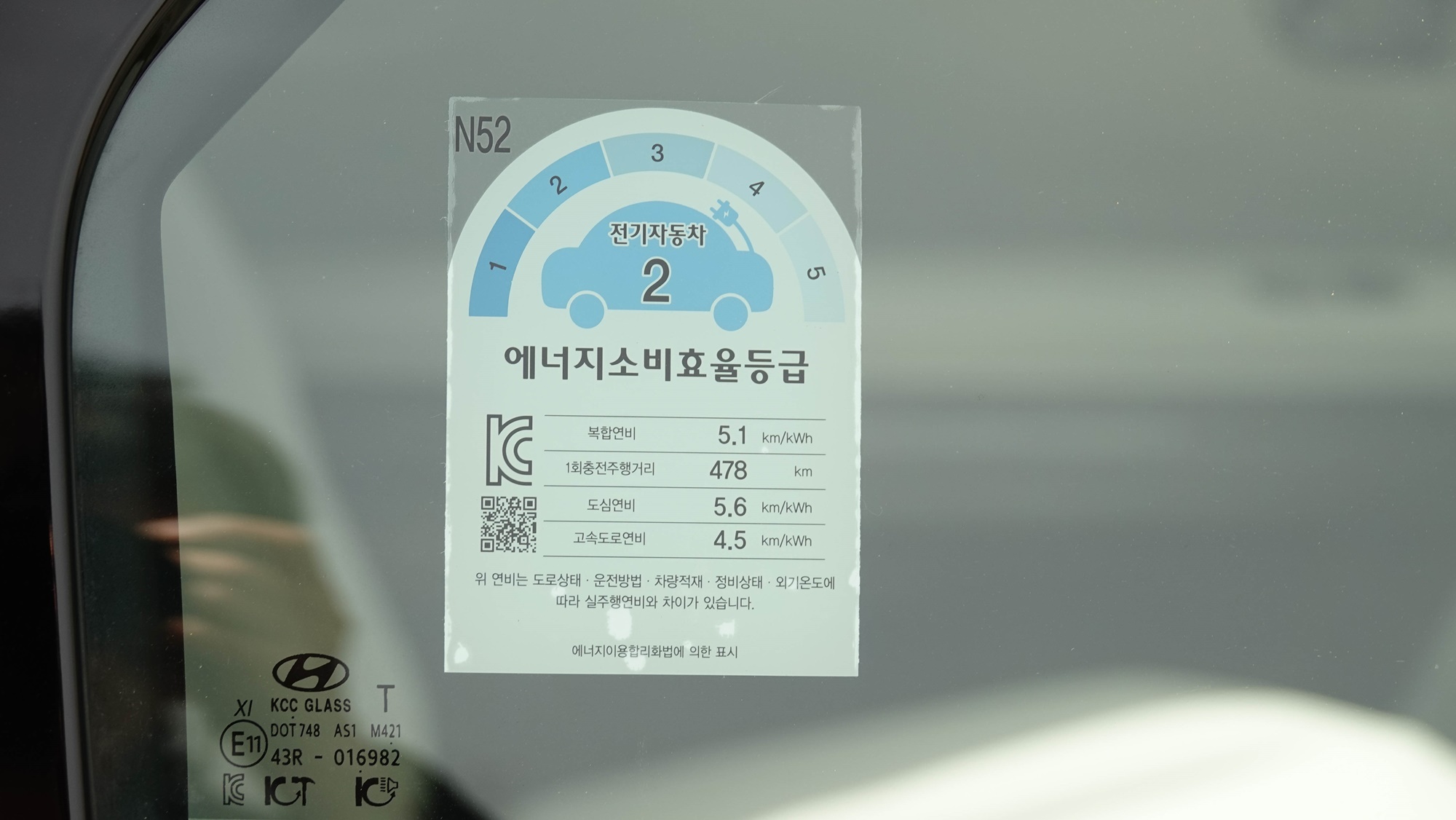
The test vehicle was the Exclusive trim, with a selling price of 54.1 million KRW after tax benefits. If purchased in Seoul, with a government subsidy of 6.5 million KRW and a Seoul city subsidy of 1.5 million KRW, the out-of-pocket cost for the consumer is 46.1 million KRW.

Direct commentary from Oh Jong-Hoon
Digital side mirrors are an optional feature. While they’ve been designed to be smaller and more curved, they still feel quite large. Occasionally, while looking out the window, I found myself redirecting my gaze to the interior monitor. Traditional mirrors are much more convenient and cost-effective. For digital side mirrors to succeed, the camera’s size needs to shrink down to about the size of a nail so you can barely notice it. Currently, they are still too bulky.
There is an awkward empty space to the left of the instrument cluster. Should I enlarge the cluster monitor, shift the whole monitor to the left, or think of something else to fill that space? More contemplation is needed.
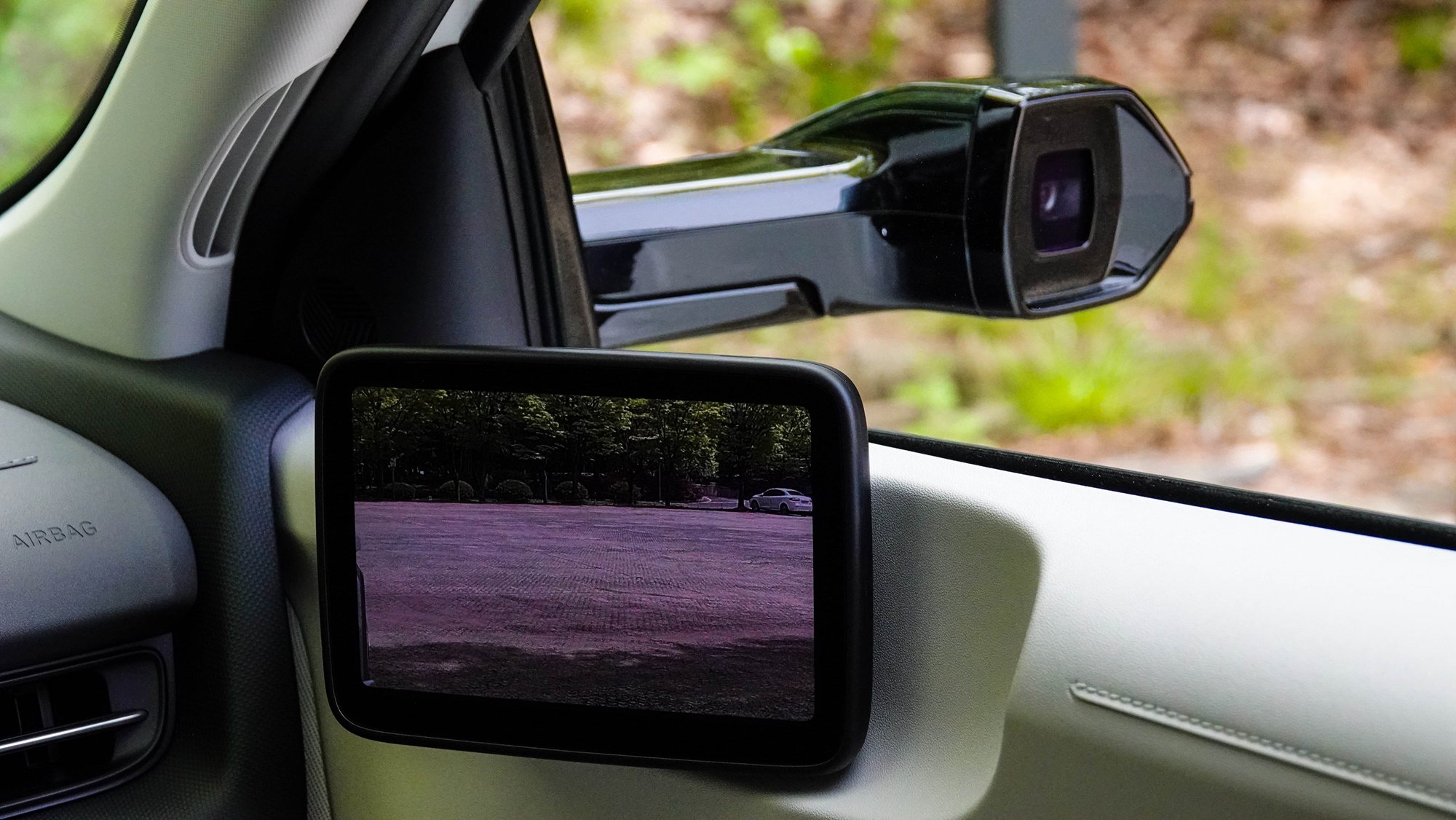
Oh Jong-hoon yes@autodiary.kr

